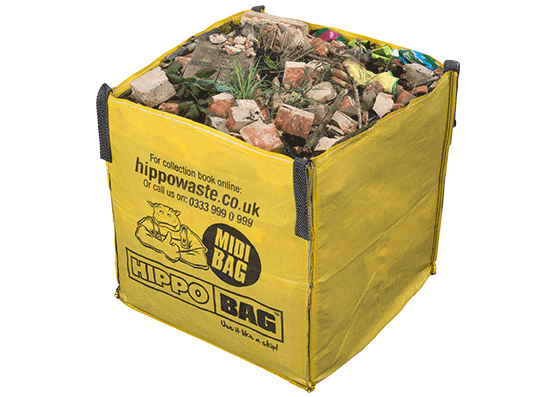How to dispose of soil – 5 smart and cost-effective ways to get rid of an excess of soil
Make sure you know how to dispose of soil correctly to keep your garden tidy – and ensure you avoid accuring hefty fines
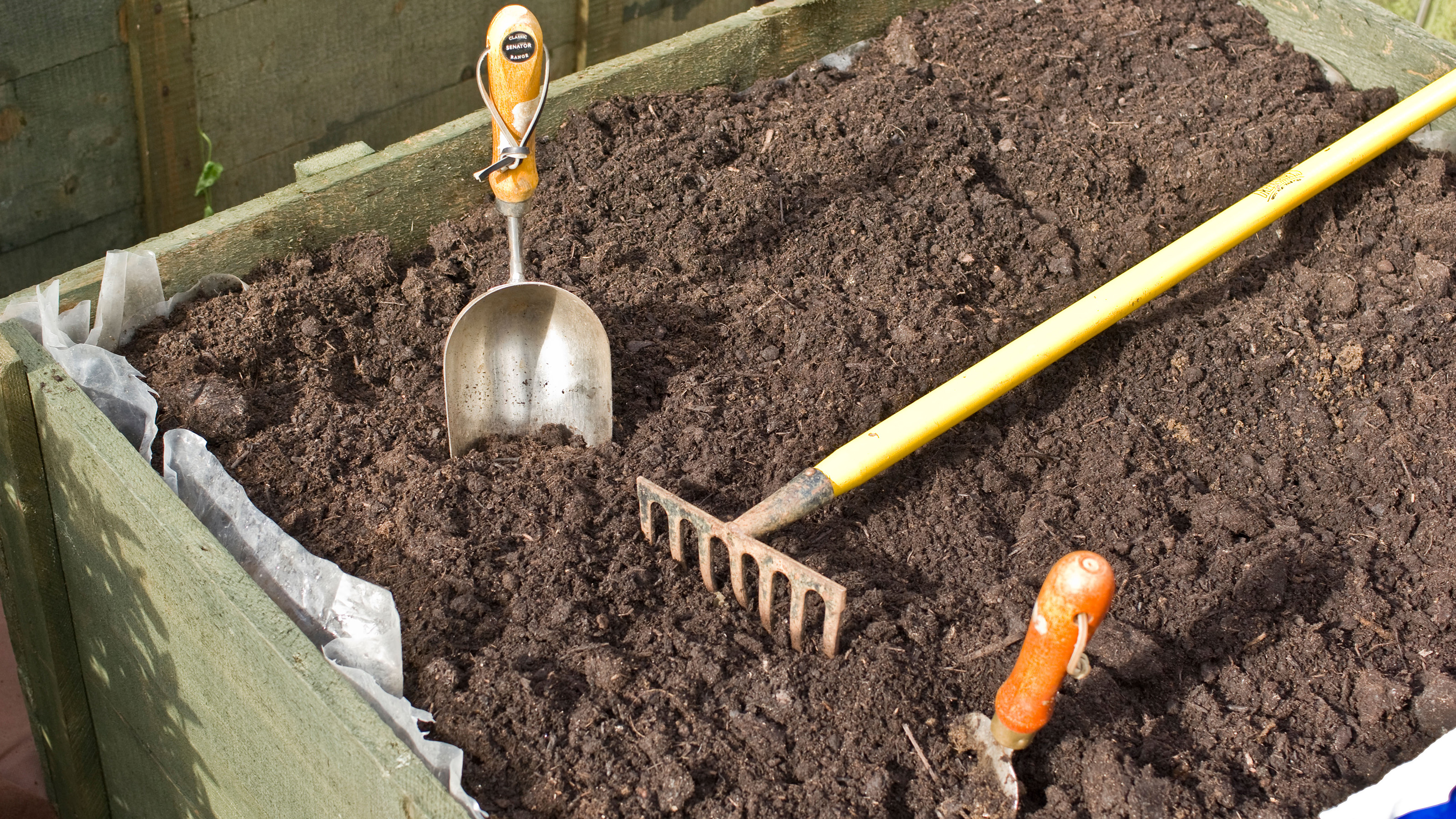

How to dispose of soil depends on the amount of soil you have to get rid of – it could range from a few large plant pots filled with old compost to entire raised beds or even complete layers of topsoil.
You might already know of ways you can reuse soil from plant pots, but what about if you have more soil than a few pots' worth? How do you dispose of soil from large landscaping projects where you might have tonnes of soil?
For larger quantities of soil, there are several options, including organising a collection or incorporating it into your garden.
Knowing how to dispose of soil is essential to prevent you from getting in trouble or even being fined.
When figuring out how to dispose of soil, it is also important to know how NOT to dispose of soil.
- Never dispose of soil in your regular household waste bin
- Do not dump or fly-tip it – this is illegal and can incur fines of up to £1,000
- Do not move soil contaminated with Japanese Knotweed – consult the Environment Agency for more advice
1. Incorporate it into your garden
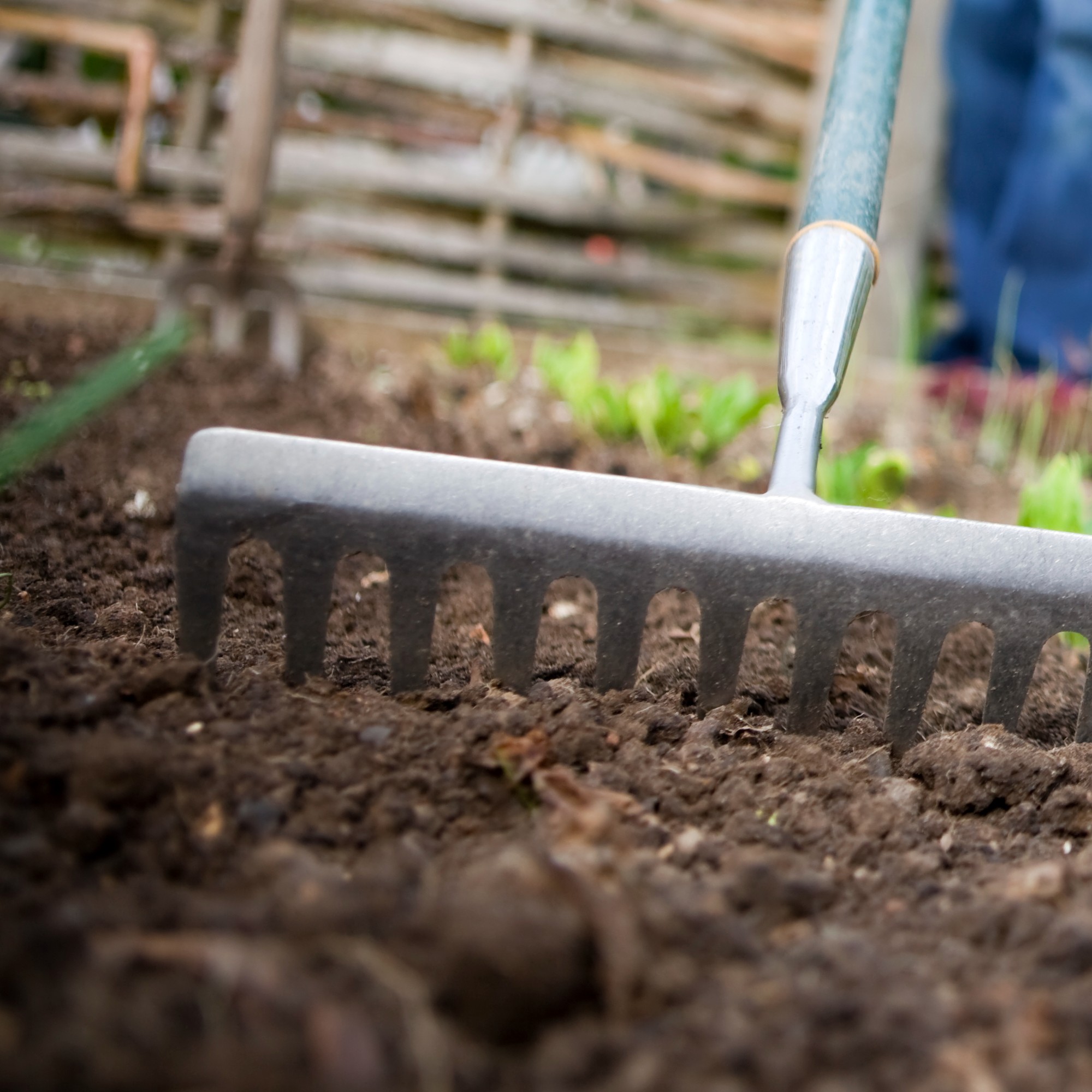
For small amounts of soil, you can incorporate it into your garden borders – this can be the case if you have either topsoil or compost. If the soil lacks nutrients, mix in some soil improver to improve the quality.
Alternatively, use it on your lawn. 'If you aerate your lawn in autumn, you can always mix some old pot compost with sand and apply with a rake over the top of your lawn to give your lawn a boost,' says Morris Hankinson, director of Hopes Grove Nurserie.
Sign up to our newsletter for style inspiration, real homes, project and garden advice and shopping know-how
For a small to mid quantity of soil, you can add the soil to your compost heap – doing so will give new life to the waste compost and also introduce more microbes into the heap.
2. Give it away
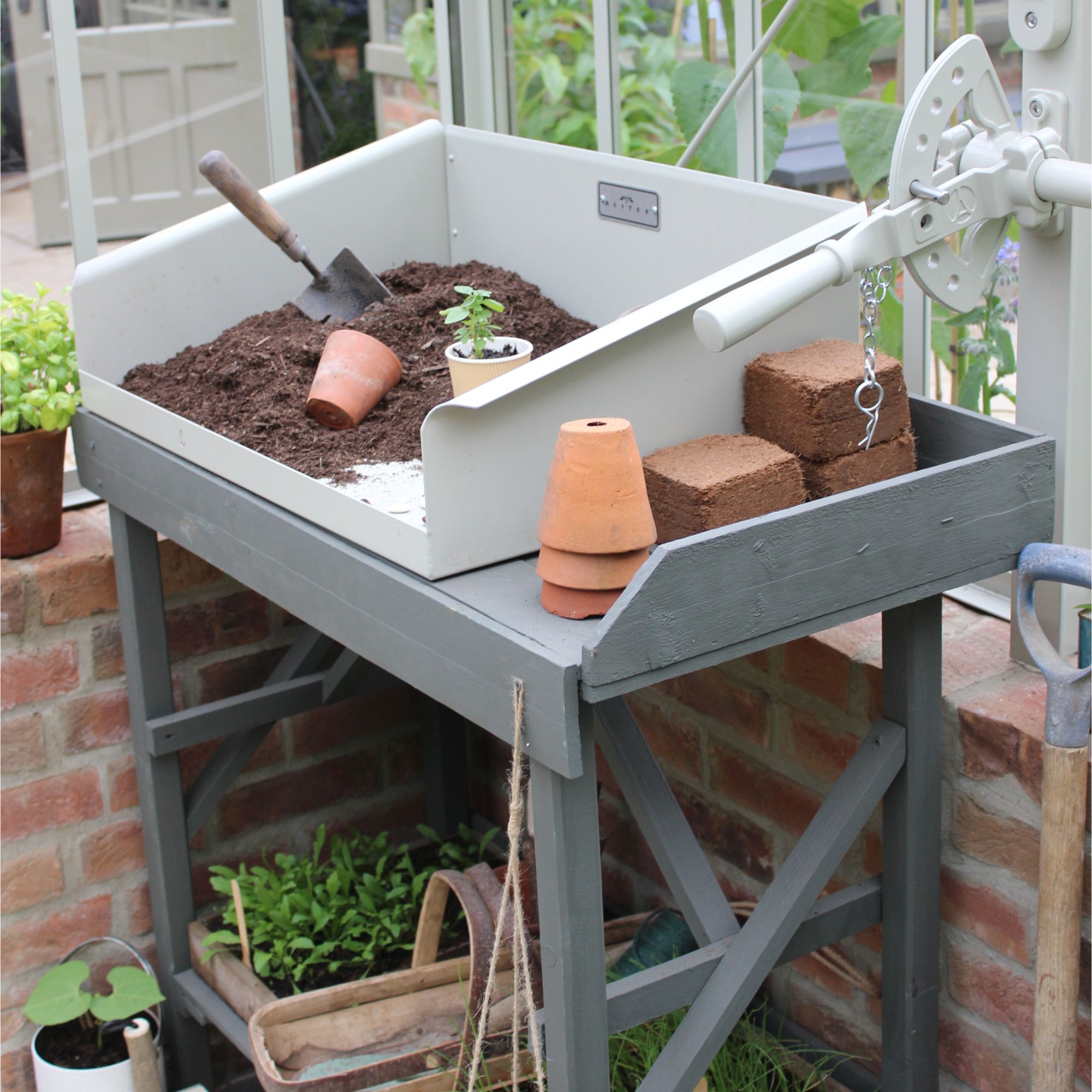
As the adage goes, one man's trash is another man's treasure, so there's no harm in trying sites like Freecycle and Facebook Marketplace to see if anyone is on the lookout for old soil.
While the soil may not have a role in your garden any longer, others who are looking to fill raised beds, build up areas of their garden or undertake other garden landscaping projects may welcome a budget-friendly gardening solution to get their job done.
The only downside of this method is that it may take a long time to get the soil cleared, particularly problematic if you have a lot of soil, so keep these other ideas in mind as a backup.
3. Have it collected
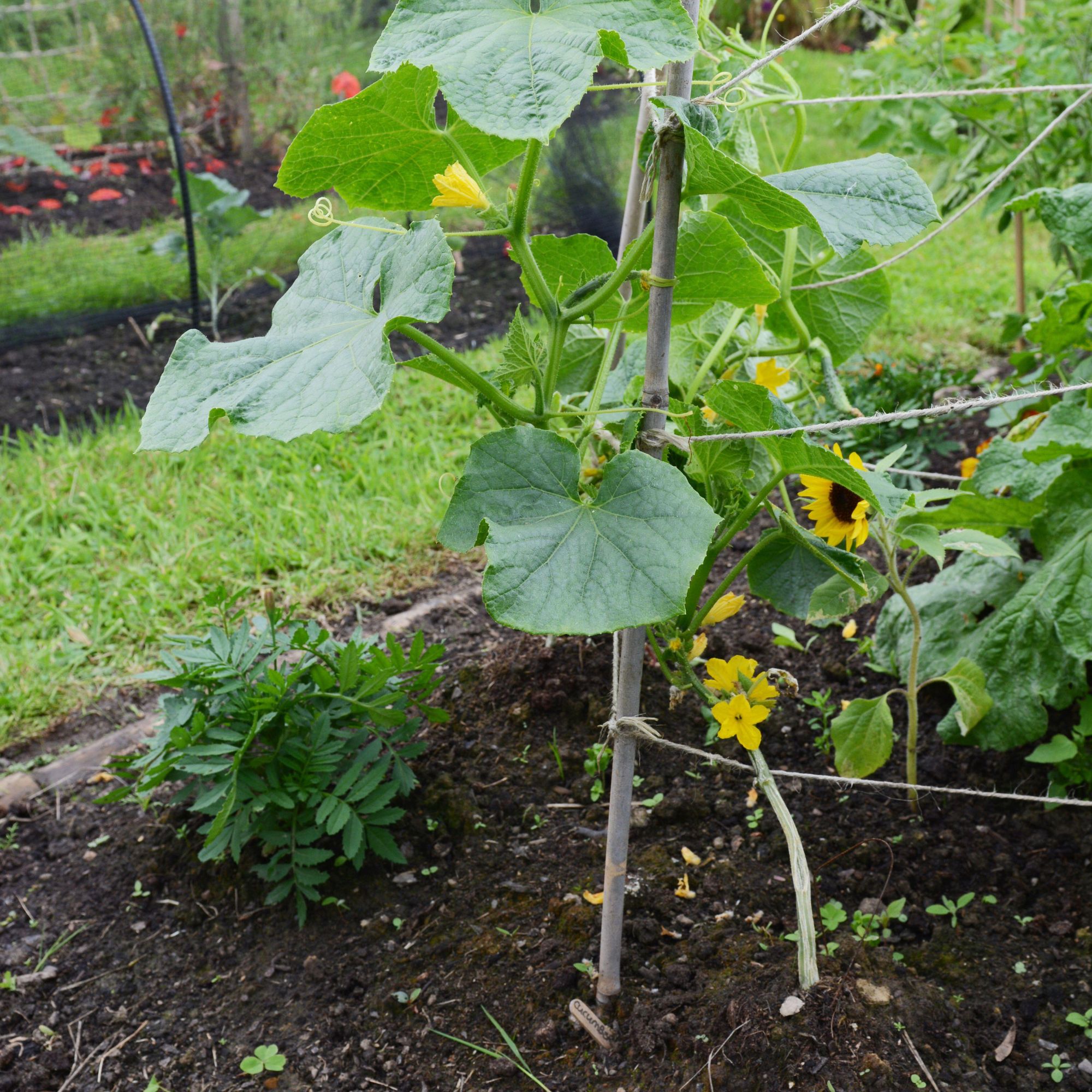
For large quantities of soil, collection can be a good option. HippoBags are more cost-effective than a skip and can be filled with the unwanted soil, bricks and rubble. Simply order the flat-packed bags online – you then have six months to fill them with soil. Once filled, arrange collection; you don't even need to be home on the day.
The Midibags can be filled with 1 tonne of soil, or Mega bags can be filled with 1.5 tonnes. For really sustainable projects, you can order more than one bag for collection on the same day or separately.
4. Take it to the tip or recycling centre
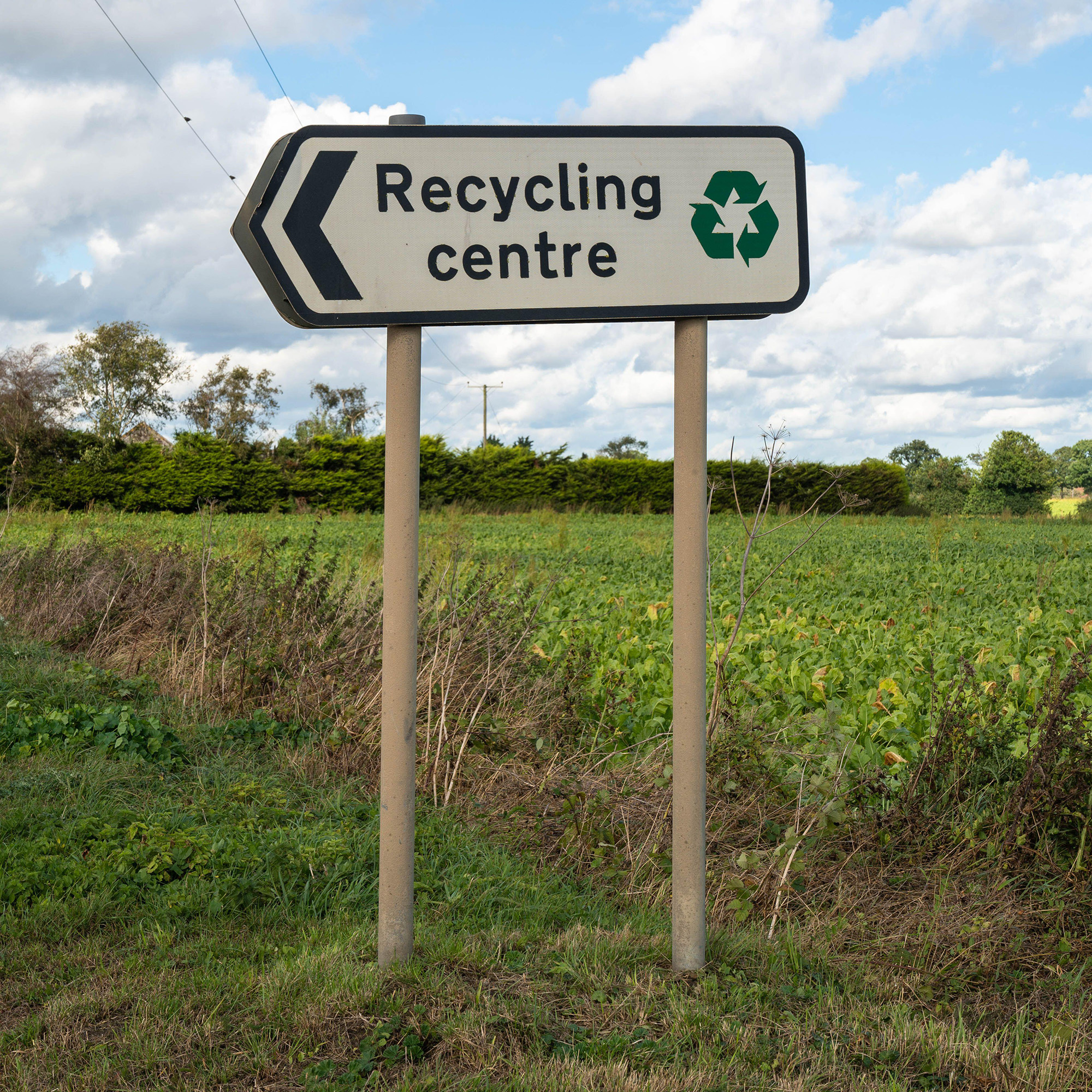
Lots of recycling centres accept old soil, but it's not a blanket rule, so it's important to check your local council website to see whether soil waste is accepted in your area.
In some cases, disposing of soil in your local recycling centre will incur an additional cost, but in others it will be free. It is very much a postcode lottery.
Occasionally, soil will be able to go in a garden waste bin for curbside collection, but this is not a standard. Always check with your local council to ensure you know how to dispose of soil in your area.
5. Use it to fill raised beds
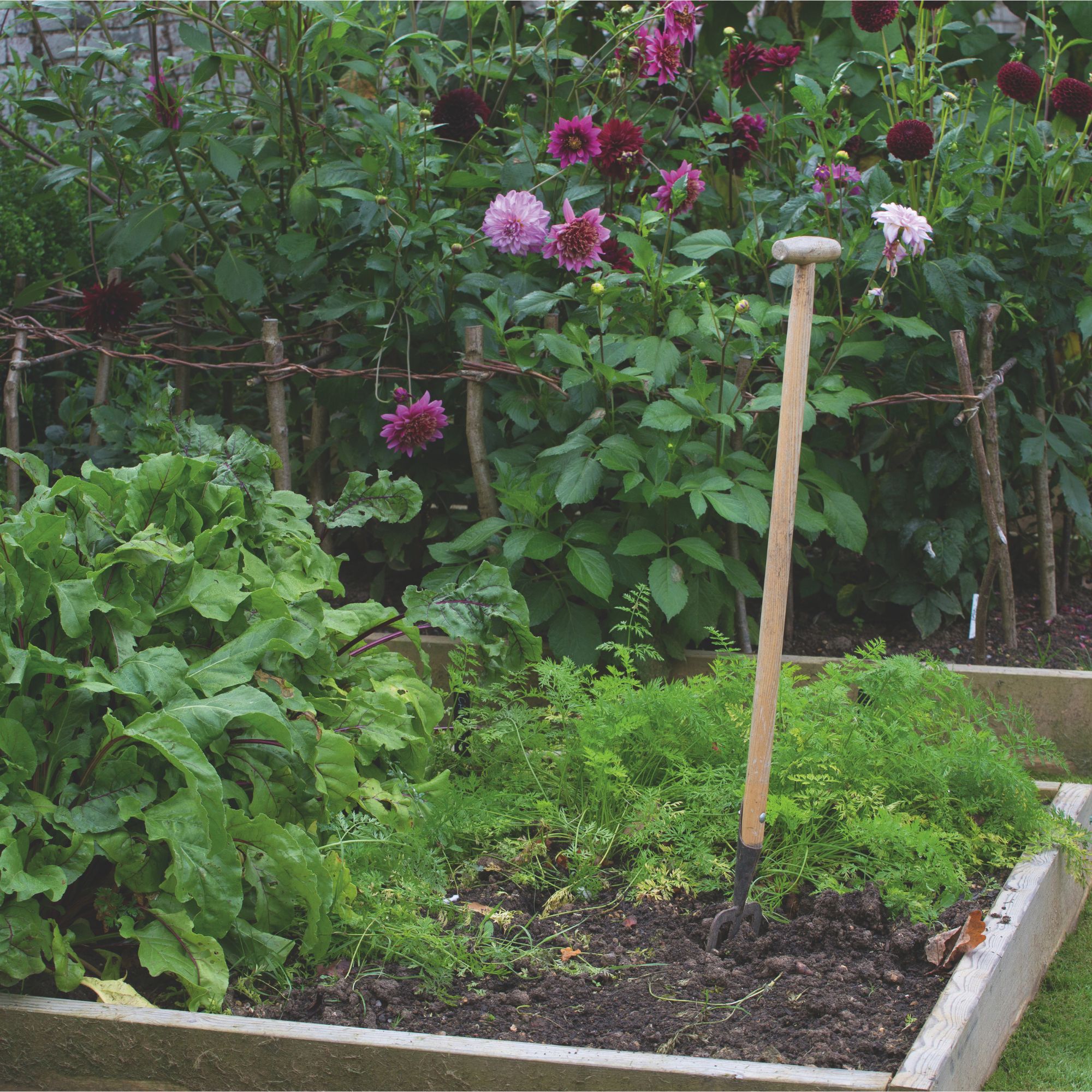
If you're planning to build raised beds, old soil is a great option for lining the base – mixing with well-rotted manure can be a great way to breathe new life into dead soil and improve consistency. It's also a much cheaper way to fill a raised bed rather than buying completely new soil.
FAQs
Can I put soil in my general waste bin?
No, you cannot put soil in your general waste bin. Soil is heavy, which can lead to the bins not being collected. Even if it were to be collected, the soil will end up in landfill rather than being reused or recycled.
How do you get rid of soil in the cheapest way?
The cheapest way to get rid of soil is either to incorporate it into your own garden or find someone else who wants to incorporate it into theirs. Sites like Freecycle, Facebook Marketplace and GumTree are worth investigating. Alternatively, consider reaching out to your local allotment group or community gardens to see whether they have any use for it.

Holly is one of Ideal Home’s content editors. Starting her career in 2018 as a feature writer and sub-editor for Period Living magazine, she has continued this role also adding regular features for Country Homes & Interiors and the Ideal Home website to her roster. Holly has a passion for traditional and country-inspired interiors – especially kitchen design – and is happiest when exploring the countryside and hills of the Lake District. A keen gardener, she is a strong believer that you can never have too many houseplants.
You must confirm your public display name before commenting
Please logout and then login again, you will then be prompted to enter your display name.
